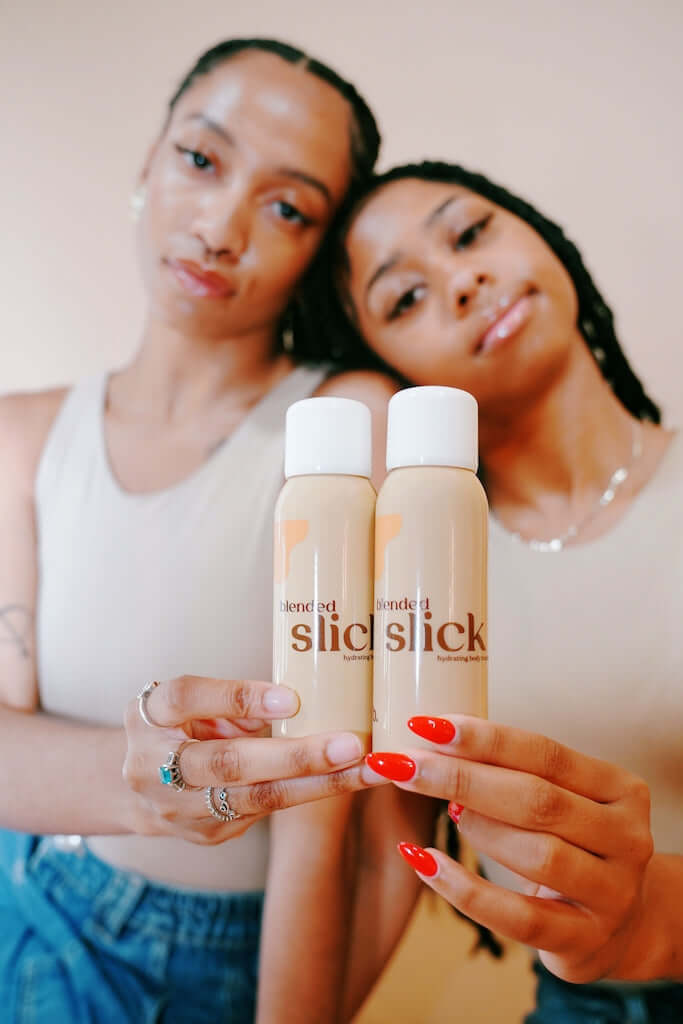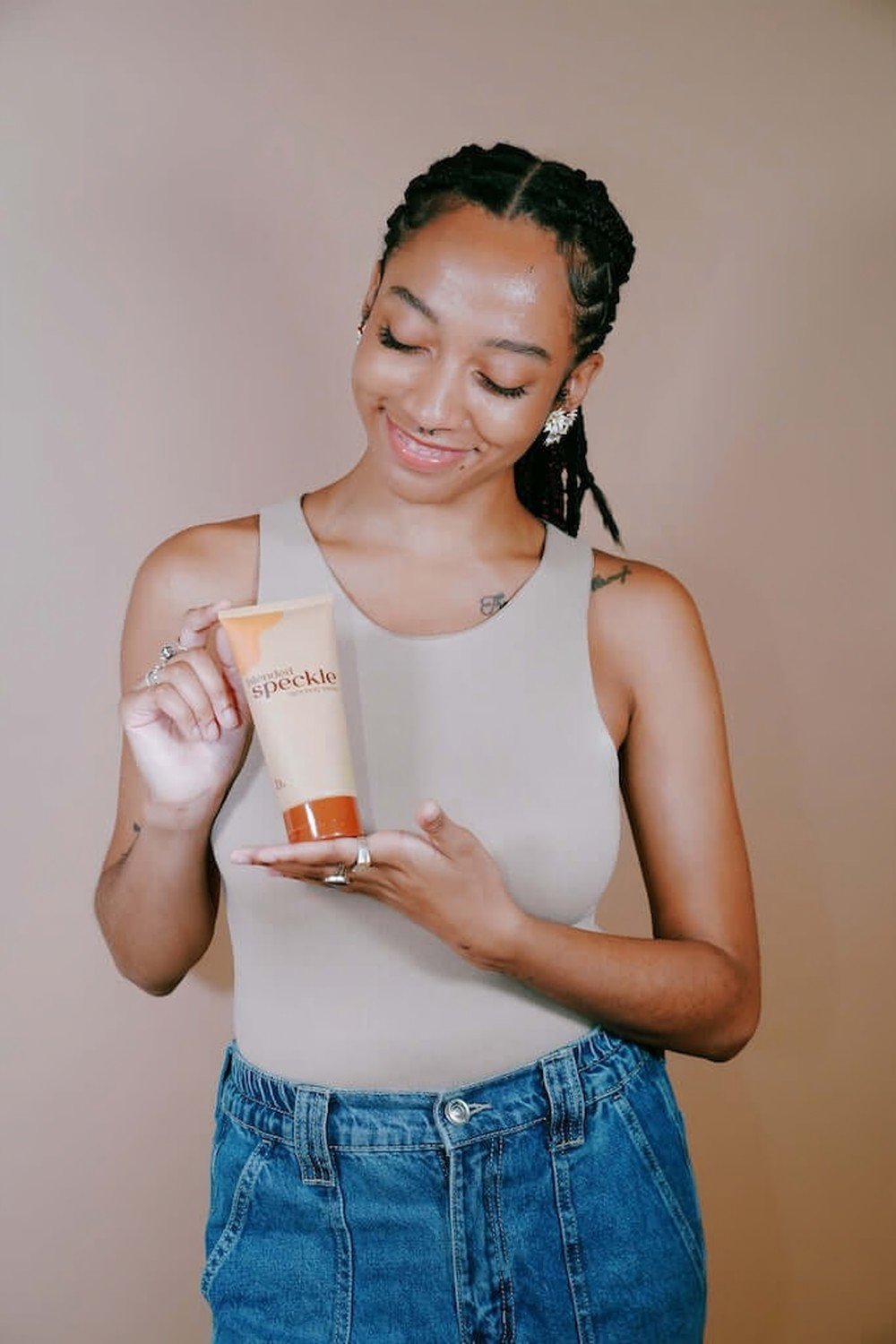objective
to examine regional variations in skin recovery rates following damage and develop targeted strategies for optimizing healing across different body areas.
background
skin recovery rates vary significantly across body regions following damage from sunburn, irritation, or barrier disruption. understanding these variations enables more effective treatment strategies and realistic recovery expectations.
methodology & findings
clinical studies of barrier recovery demonstrate predictable regional patterns in healing rates. lower leg skin consistently requires 40% longer to restore barrier function compared to torso skin following equivalent damage.
several factors contribute to these recovery rate differences. circulation patterns vary significantly across body regions, with lower extremities receiving reduced blood flow that affects nutrient delivery and waste removal.
cellular turnover rates also impact recovery timing. areas with slower natural renewal cycles require longer periods to replace damaged tissue with healthy cells.
environmental factors including clothing friction, temperature variations, and exposure patterns affect recovery rates in different body regions.
circulation impact analysis
reduced circulation to lower extremities significantly impacts recovery capacity. blood flow delivers essential nutrients, oxygen, and immune factors necessary for tissue repair.
lower leg areas receive approximately 30% less circulation during rest periods compared to torso areas. this reduced circulatory support extends recovery timelines predictably.
areas with compromised circulation also show delayed inflammatory response resolution, prolonging the recovery process beyond initial tissue repair.
recovery timeline mapping
torso areas typically restore barrier function within 5-7 days following moderate damage. these areas benefit from optimal circulation and protection from environmental stressors.
upper extremities require 7-10 days for equivalent recovery due to moderate circulation and increased environmental exposure.
lower leg areas require 10-14 days for similar recovery, reflecting the combined impact of reduced circulation and environmental challenges.
joint areas including elbows and knees may require extended recovery periods due to ongoing mechanical stress during the healing process.
targeted recovery strategies
speckle spot body butter addresses these recovery variations through formulations designed to support different regional timelines.
the formulation includes enhanced concentrations of healing-supporting ingredients for areas with predictably slower recovery rates.
circulation-supporting ingredients help compensate for reduced blood flow in areas with compromised recovery capacity.
barrier-strengthening compounds provide additional protection during the vulnerable recovery period when skin remains susceptible to further damage.
application timing optimization
recovery formulations require adjusted application timing based on regional healing patterns. slower-healing areas benefit from more frequent application during the active recovery phase.
begin intensive treatment immediately following damage identification to optimize recovery timing. early intervention proves more effective than delayed treatment.
extend treatment duration for slower-healing areas beyond visible recovery to ensure complete barrier restoration.
monitoring recovery progress
visual improvement may not correlate with complete barrier recovery. skin may appear healed while barrier function remains compromised.
areas with slower recovery rates require extended monitoring to prevent re-injury during the vulnerable recovery period.
functional recovery indicators include restored texture, eliminated sensitivity, and return to normal hydration patterns.
prevention strategies
preventing initial damage proves more effective than optimizing recovery for areas with inherently slow healing rates.
enhanced protection for vulnerable areas reduces the likelihood of damage requiring extended recovery periods.
consistent barrier maintenance helps prevent minor irritations from progressing to damage requiring formal recovery protocols.
conclusion
understanding regional recovery rate variations explains why lower leg skin requires 40% longer healing time compared to torso areas. these predictable differences necessitate recovery strategies that acknowledge circulation variations, environmental challenges, and cellular renewal patterns. effective recovery requires formulations and application strategies specifically designed for different regional timelines, ensuring optimal healing regardless of anatomical location and inherent recovery capacity limitations.


